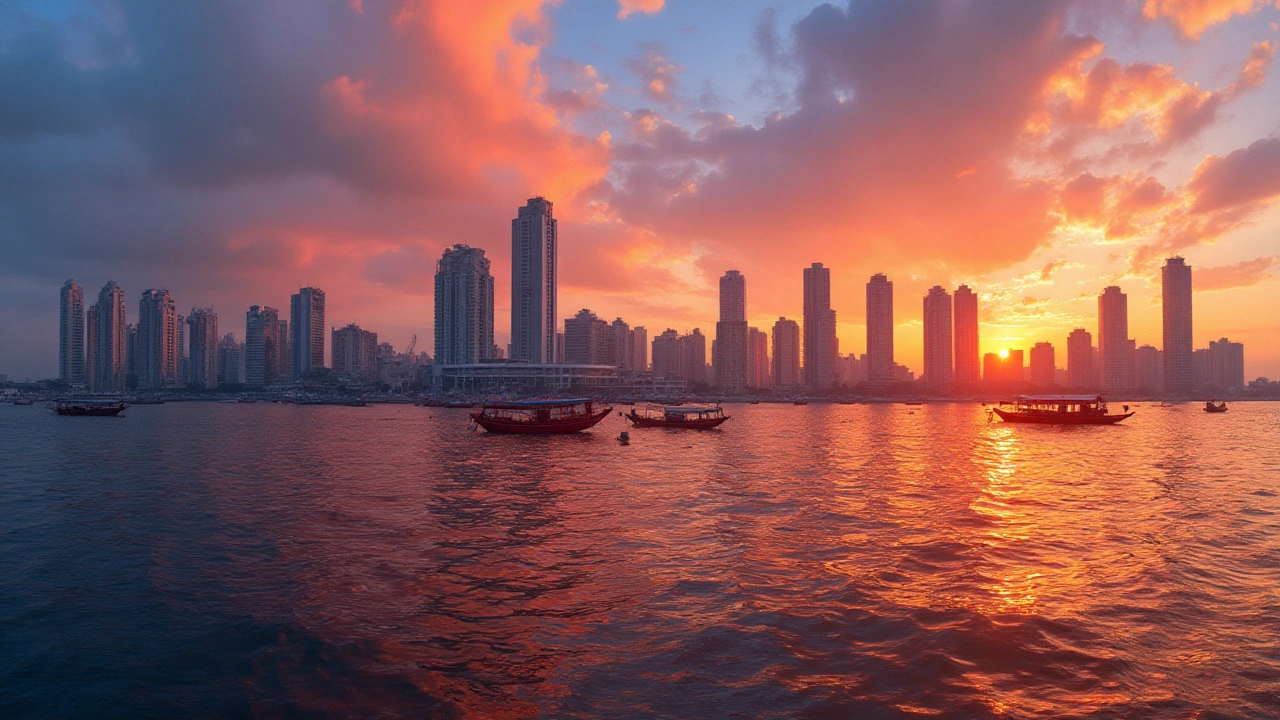SEARCH
House Cost India – A Simple Guide to Prices and Planning
Thinking of buying a home in India? You’re not alone. The market moves fast, and price tags can feel confusing. Let’s break down the main factors that affect house cost in India and give you clear steps to plan your budget.
Where Do Prices Differ the Most?
India isn’t a single price zone. In metros like Mumbai, Delhi, and Bengaluru, a 2‑bedroom apartment can start around ₹1.2 crore and go well above ₹3 crore. In tier‑2 cities such as Pune, Hyderabad, or Jaipur, the same size might cost ₹60 lakh to ₹1.2 crore. Smaller towns and rural areas often see prices under ₹30 lakh for a decent plot or house.
Key drivers of these gaps are:
- Location demand: Proximity to business hubs, schools, and transport raises prices.
- Project size: Luxury complexes with amenities cost more per square foot.
- Land scarcity: Cities with limited land, like Mumbai, push rates up.
How to Estimate Your Budget
Start with the basics. Decide the city, the type of property (apartment, villa, plot), and the size you need. Use an online calculator or the simple formula below:
Budget = (Price per sq ft × Desired sq ft) + 10‑15% for taxes, registration, and fees.
Example: You want a 900 sq ft flat in Jaipur where the average price is ₹8,000 per sq ft. Base cost = 900 × 8,000 = ₹72 lakh. Add 12% for paperwork = ₹8.64 lakh. Total ≈ ₹80.6 lakh.
Don’t forget ongoing costs like maintenance, property tax, and insurance. Roughly 1‑2% of the property value each year is a safe estimate.
Most buyers finance 60‑80% of the price through a home loan. Check the current RBI repo rate – it sets the base for home loan interest. A 7.5% rate on a ₹50 lakh loan over 20 years means around ₹40,000 monthly.
Before you apply, improve your credit score, gather salary slips, and get a pre‑approval. A pre‑approved loan shows sellers you’re serious and can speed up negotiations.
Lastly, factor in a buffer. Unexpected repairs or a slight dip in market value can happen. Keeping 5‑10% of the total budget aside protects you from surprises.
Buying a house in India doesn’t have to be a maze. Pick the right city, calculate the total cost with taxes, and line up a loan that fits your income. Follow these steps, and you’ll move from dreaming to owning with confidence.

How Much Does Buying a House in India Cost in USD?
India's real estate market offers diverse options from bustling metropolises to serene countryside regions, each having its unique charm and cost considerations in USD. For travelers eyeing property investments or long-term stays, understanding these costs is crucial. With cities like Mumbai and Delhi having premium pricing, alternatives in smaller cities offer more budget-friendly options. This article explores the cost landscape, factors influencing these prices, and key tips for potential buyers.
Continue reading